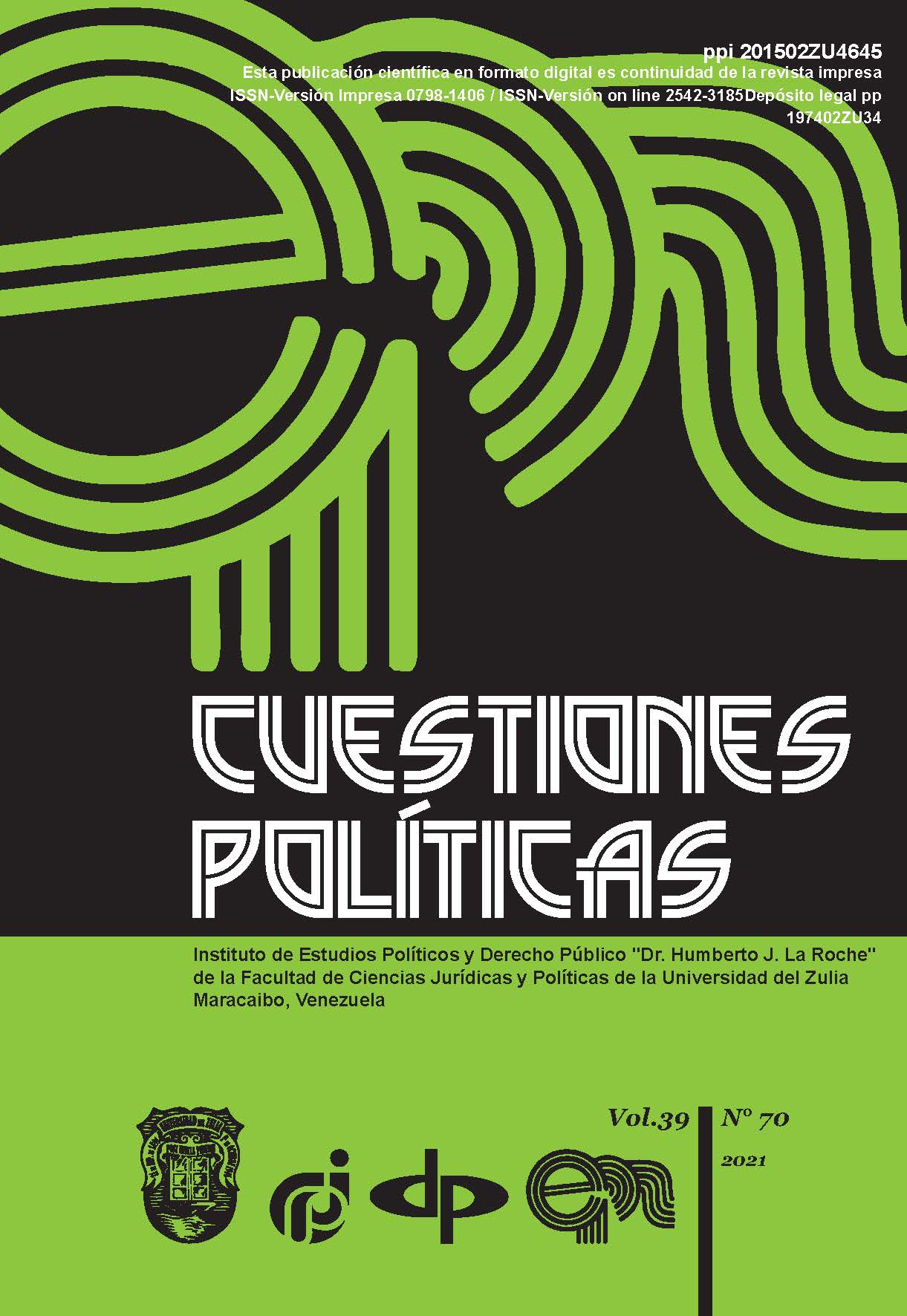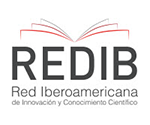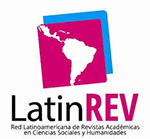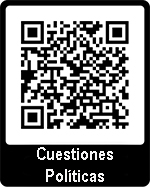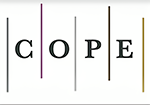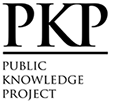Application of Innovative Technologies for Detection and Investigation of Evidence in Criminal Proceedings
Abstract
The main objective of the study was to demonstrate the hypothesis that the use of an infrared spectroscopy method for the investigation of objects of examination allows to obtain important and reliable data that can be used in criminal proceedings. The authors explain that knowledge of the possibilities and procedures for using new methods of scientific research is necessary not only for experts, but also for other participants in criminal proceedings who evaluate the evidence. Through the documentary method focused on specialized literature on the subject, special sources of literature on the application of the IR spectroscopy method for the investigation of individual objects and the analysis of possibilities and establishment of the great importance of its use in judicial practice in general were reviewed. It is concluded that, studies show that the use of infrared spectroscopy can not only increase the level of scientific and technical support of legal medical practice, but also improves the quality of expert research and therefore increases confidence in the accuracy and reliability of conclusions made by an expert.
Downloads
References
EXAMINATIONS IN THE LEGAL PROCEEDING OF UKRAINE. 2015. Scientific-train manual. Kyiv, Ukraine.
EZEVSKAYA, Tetiana; BUBLIKOV, Aleksandr. 2006. “Preparation of tests and methods of research of different objects on IR-Fourier spectrometer with prefixes, including an IR-microscope and MNPVO, during the lead through of criminalistics examinations” In: Expert-criminalist. Vol. 06, No. 12, pp. 114-122.
HORA,Iryna.2016.Judicialexaminationsinthefieldofmedicine,pharmaceutics and bioethics. In the book: Persons: medicine, pharmaceutics, bioethics: scientific monograph. Kiev, Ukraine.
KOLESNYK, Iryna; SAPOLETOVA, Nina. 2011. Infra-red spectroscopy. Methodical development. Moscow, Russia.
KOLESNYK, Valeriy; HORA, Iryna. 2017. “Criminalistics is in counteraction the illegal use of explosive devices” In: Shooting iron and to the turn of drugs. Kyiv, Ukraine.
LITVIN, Bohdan. 2009. Physical methods of research of organic matters: a train aid. Ivano-Francovsk. Odesa, Ukraine.
MAKSIUTINA, Nina; KAGAN, Fedir; KIRICHENKO, Lyudmyla; MITCHENKO, Fedir. 1984. Methods of analysis of medications. Zdorov’ya. Kyiv, Ukraine.
RUDNIEV, Vasyl; KLIMCHUK, Aleksandr; PROKOPENKO, Aleksei; KARNOZHITSKYI, Pavlo. 2013. “Individualizing signs of products from oil as aggregate of physical and chemical properties and component composition” In: Theory and practice of judicial examination. No. 13, pp. 295-300.
TARASEVICH, Borys. 2012. Bases IR spectroscopes with transformation of Fourier. Preparation of tests in IR spectroscopes. Moscow, Russia.
TARUTINA, Liudmyla; POZDNIAKOVA, Faina. 1986. Spectrology of polymers. Chemistry. Leningrad, Russia.
Copyright
The authors who publish in this journal agree to the following terms:
The authors retain the copyright and guarantee the journal the right to be the first publication where the article is presented, which is published under a Creative Commons Attribution License, which allows others to share the work prior to the recognition of the authorship of the article work and initial publication in this journal.
Authors may separately establish additional agreements for the non-exclusive distribution of the version of the work published in the journal (for example, placing it in an institutional repository or publishing it in a book), with an acknowledgment of its initial publication in this journal.
This work is under license:
Creative Commons Reconocimiento-NoComercial-CompartirIgual 4.0 Internacional (CC BY-NC-SA 4.0)


